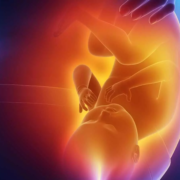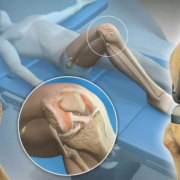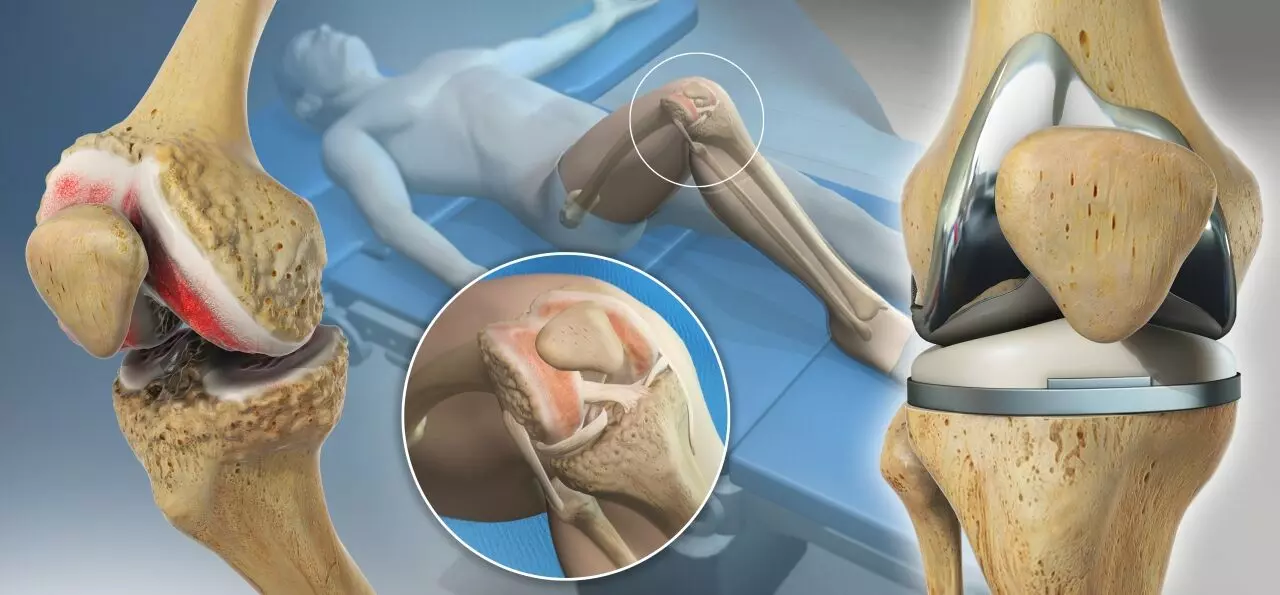A new drug combination could significantly delay the progression of a life-threatening form of prostate cancer in men with specific genetic mutations, finds a major international trial led by UCL researchers.
The Phase III AMPLITUDE trial, published in Nature Medicine, tested the addition of niraparib, a type of targeted cancer drug known as a PARP inhibitor1, to the standard treatment of abiraterone acetate and prednisone (AAP).
The study focused on patients diagnosed with advanced prostate cancer where cells have spread to other parts of the body, who were starting their first treatment and who also had alterations in genes involved in an essential type of DNA defect repair, known as homologous recombination repair (HRR).
These genes help repair damaged DNA and when they are faulty, cancer cells can grow and spread more aggressively. Approximately one in four people with advanced prostate cancer at this stage have alterations in HRR genes, such as BRCA1, BRCA2, CHEK2, and PALB2.
The standard treatment for advanced prostate cancer is currently AAP (or similar drugs, with docetaxel chemotherapy offered to approximately one-in-five patients) but these mutations make the cancer more aggressive and consequently disease progression on standard treatment is often far quicker with shorter life expectancies.
Led by Professor Gerhardt Attard from UCL Cancer Institute, the trial enrolled 696 men across 32 countries with a median age of 68. Half received the new combination therapy (niraparib plus APP), while the other half received standard treatment with a placebo. Of all the patients, more than half (55.6%) had alterations in the BRCA1 or BRCA2 genes.
The trial was double-blind, meaning neither patients nor doctors knew which treatment was being administered.
Key findings
At a median follow-up of just over two and a half years (30.8 months), the researchers found that:
- Overall, niraparib reduced the risk of cancer growth by 37% compared to AAP alone in all patients and by 48% in the subgroup of patients with BRCA1 or BRCA2 mutations.
- The time until symptoms got worse was twice as long for patients who received niraparib compared to those who received a placebo, reducing the number of patients who had notable worsening in symptoms from 34% to 16%.
- Researchers observed a trend toward improved overall survival in the niraparib group. However, a longer follow-up is needed to confirm that starting niraparib for this population of patients improves life expectancy.
Professor Attard said: “Although current standard treatments are very effective for the majority of patients with advanced prostate cancer, a small but very significant proportion of patients have limited benefit. We now know that prostate cancers with alterations in HRR genes account for a significant group of patients whose disease recurs quickly and has an aggressive course. By combining with niraparib we can delay the cancer returning and hopefully significantly prolonging life expectancy.
“These findings are striking because they support widespread genomic testing at diagnosis with use of a targeted treatment for patients who stand to derive the greatest benefit.
“For cancers with a mutation in one of the eligible HRR genes, where niraparib has been approved, a doctor should consider a discussion that balances the risks of side effects against the clear benefit to delaying disease growth and worsening symptoms.”
Side effects
While the treatment was generally well tolerated, side effects were more common in the niraparib group. Significantly more cases of anaemia and high blood pressure were reported with niraparib, and 25% of patients required blood transfusions. Treatment-related deaths were also higher in the niraparib group (14 versus 7), though overall discontinuation rates remained low.
The study’s authors note that while the results are promising, further research is needed to confirm long-term survival benefits and to explore the impact of newer imaging techniques and broader genetic testing.
Prostate cancer in numbers
Globally, an estimated 1.5 million men are diagnosed with prostate cancer each year. In the UK prostate cancer is the most common cancer in men, with more than 56,000 men diagnosed every year, and around 12,000 men die from the disease each year.
Reference:
Attard, G., Agarwal, N., Graff, J.N. et al. Niraparib and abiraterone acetate plus prednisone for HRR-deficient metastatic castration-sensitive prostate cancer: a randomized phase 3 trial. Nat Med (2025). https://doi.org/10.1038/s41591-025-03961-8









